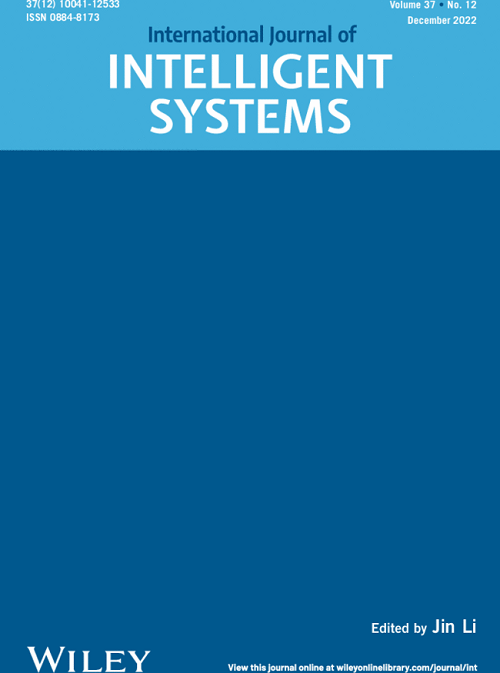Dual-View Deep Learning Model for Accurate Breast Cancer Detection in Mammograms
Abstract
Breast cancer (BC) remains a major global health problem designed for early diagnosis and requires innovative solutions. Mammography is the most common method of detecting breast abnormalities, but it is difficult to interpret the mammogram due to the complexities of the breast tissue and tumor characteristics. The EfficientViewNet model is designed to overcome false predictions of BC. The model consists of two pathways designed to analyze breast mass characteristics from craniocaudal (CC) and mediolateral oblique (MLO) views. These pathways comprehensively analyze the characteristics of breast tumors from each view. The proposed study possesses several significant strengths, with a high F1 score and recall of 0.99. It shows the robust discriminatory ability of the proposed model compared to other state-of-the-art models. The study also explored the effects of different learning rates on the model’s training dynamics. It showed that the widely used stepwise reduction strategy of the learning rate played a key role in the convergence and performance of the model. It enabled fast early progress and careful fine-tuning of the learning rate as the model nears optimum. The model opens the door to achieving a high level of patient outcomes through a very rigorous methodology.


 求助内容:
求助内容: 应助结果提醒方式:
应助结果提醒方式:


